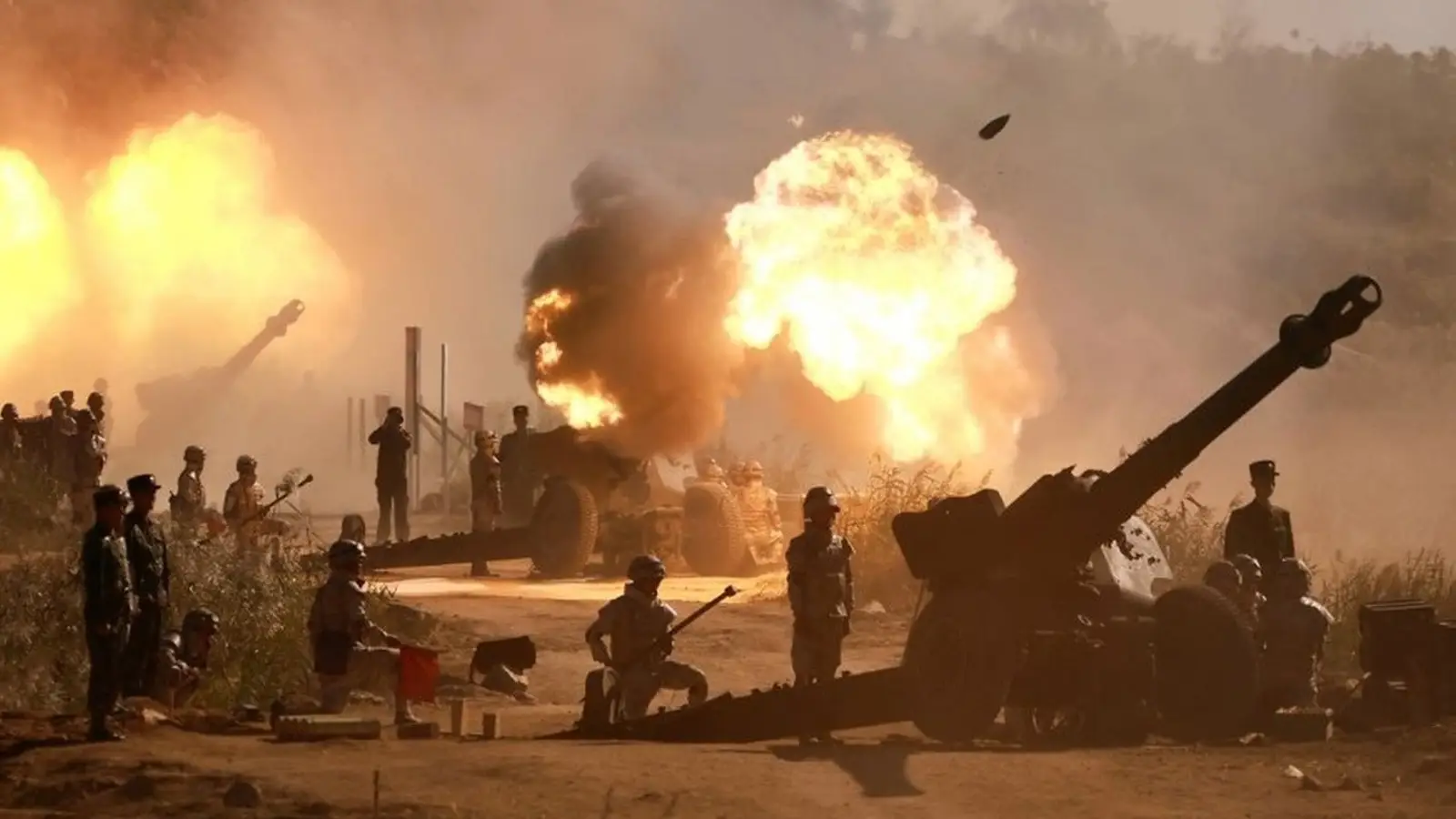Five Conflicts Politico Says Could Erupt in the Next Five Years


Politico highlights five potential conflicts that could emerge within five years, from India–Pakistan to the Korean Peninsula, citing U.S. intelligence and experts.
Over the next five years, the world may face five new centers of armed conflict. Politico reported this, citing U.S. intelligence data and expert assessments.
At the top of the list the publication names India and Pakistan. Both countries possess nuclear arsenals, and a potential war between them could have catastrophic ecological and economic consequences worldwide. Experts believe these two states are now closer to nuclear confrontation than any others.
The second possible hotspot, according to Politico, is the tension between China and Taiwan. Washington has repeatedly declared its readiness to support Taipei, while Beijing has been actively strengthening its military potential.
The third scenario examined by the outlet is the likelihood of conflict between the Baltic states and Russia. This assumption is based on the opinion of former Lithuanian foreign minister Gabrielius Landsbergis, who claimed that Moscow might resort to hybrid attacks, though he presented no evidence for his words.
The fourth risk involves the border dispute between India and China. Politico recalls the events of 2020, when clashes broke out in the Galvan Valley between the two sides. Since no mechanisms of restraint have been established and channels of communication remain absent, the probability of a wider conflict remains high.
Completing the list is the Korean Peninsula. The publication points out that the Korean War was never officially concluded. North Korea remains an extremely difficult target for Western intelligence, and experts suggest that renewed tensions between Pyongyang and Seoul could also draw in Japan.